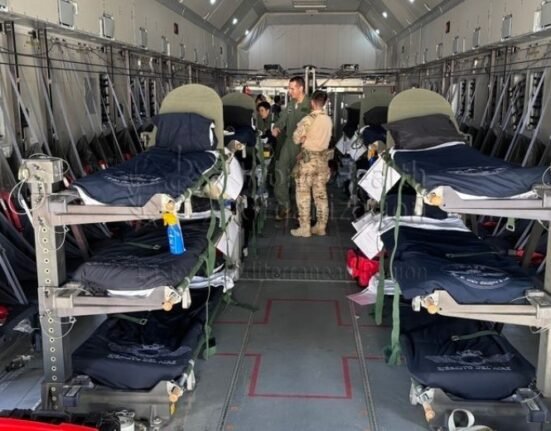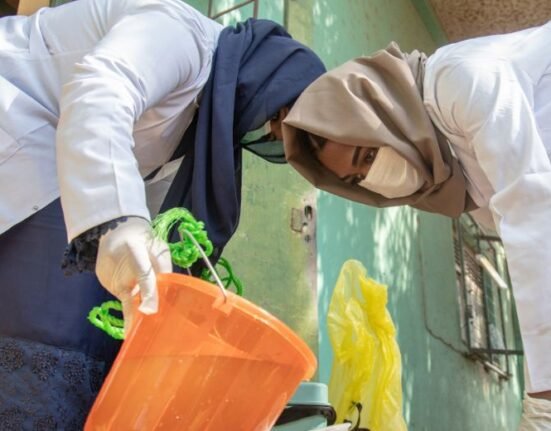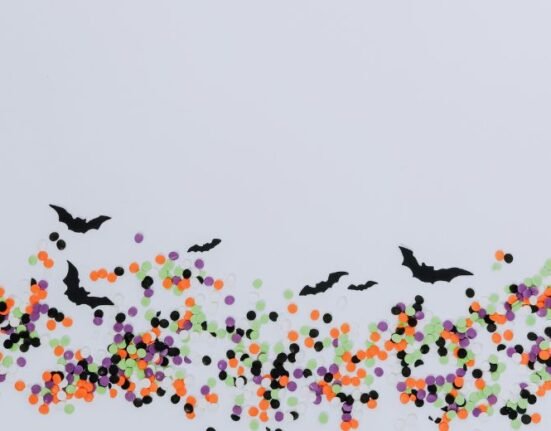HQ Team
May 17, 2023: The UK has informed WHO of a rise in severe myocarditis in neonates and infants associated with enterovirus infection in Wales compared with 2021.
The National IHR Focal Point reported 15 neonates, or infants less than four weeks old, with consistent neonatal sepsis in Wales and Southwest England between June last year and March this year.
A nationwide Incident Management Team (IMT) was set up and is reviewing the evidence from all English Regions and United Kingdom countries to determine the next steps for the response.
Epidemiological investigations are ongoing, according to the WHO statement. Public Health Wales published a written statement on 3 May 2023 regarding the events to further notify the public and healthcare practitioners.
Raised awareness
“Following the IMT meeting on 28 April 2023, the United Kingdom authorities have raised awareness of the enterovirus cluster among healthcare practitioners and to test for enteroviruses in suspected cases.”
Preliminary investigations from the national United Kingdom IMT have not identified any other clusters in any other region beyond those in South Wales and Southwest England in the United Kingdom in the past 12 months.
Myocarditis is an inflammation of the heart muscle after being infected with a virus. Myocarditis symptoms include acute and persistent chest pain, shortness of breath, and heart palpitations, racing or pounding heartbeat.
Tests conducted on cases confirmed the presence of either coxsackie B3 or coxsackie B4, a virus that causes gastrointestinal illness, myocarditis, pneumonia, aseptic meningitis, encephalitis, and hepatitis.
Sudden cardiac death
Coxsackie B3 infections are the most common enterovirus cause of myocarditis and sudden cardiac death.
Enterovirus is a group of RNA viruses that typically occur in the gastrointestinal tract, sometimes spreading to the central nervous system or other parts of the body.
“As of 20 April 2023, three patients were hospitalized, four patients were being managed as outpatients, and two had died,” according to an emailed statement from the WHO.
The peak incidence of cases was in November 2022 — five cases — with sporadic cases in other months.
Eight cases were treated in intensive care, and one patient died before transfer to tertiary care.
Further details on the remaining six cases which were identified through “retrospective and prospective” case findings are pending. In all cases alive at presentation, myocarditis was a presenting feature.
Incubation, ventilation
Critical care support including intubation, ventilation, and circulatory support was given to the eight patients who went to intensive care.
The reported increase in severe myocarditis in neonates and infants associated with enterovirus infection is “unusual,” according to the statement.
“There is increased morbidity and mortality associated with the current incident.”
The most common cause of myocarditis is a viral infection, but it can also be caused by a bacterial infection, a reaction to a drug, or an autoimmune disease.
Clinicians and hospital laboratories have been asked to report suspected cases of neonatal enterovirus myocarditis identified since 1 June 2022 to the United Kingdom Health Security Agency.
As enterovirus infection is often not among the notifiable diseases in the WHO member states, additional cases of severe, neonatal enterovirus infections might have gone undiagnosed or unreported elsewhere.
No antiviral therapy
No specific antiviral therapy is available, and treatment focuses on the prevention of complications.
As there is no vaccine for this virus, control measures during outbreaks are focused on classical hygiene measures including frequent handwashing and disinfection of soiled clothing and surfaces.
In certain situations, the WHO advised closing child-care facilities and schools to reduce the intensity of transmission.
Based on the limited information available at this point, the WHO assessed the public health risk as “low.”








